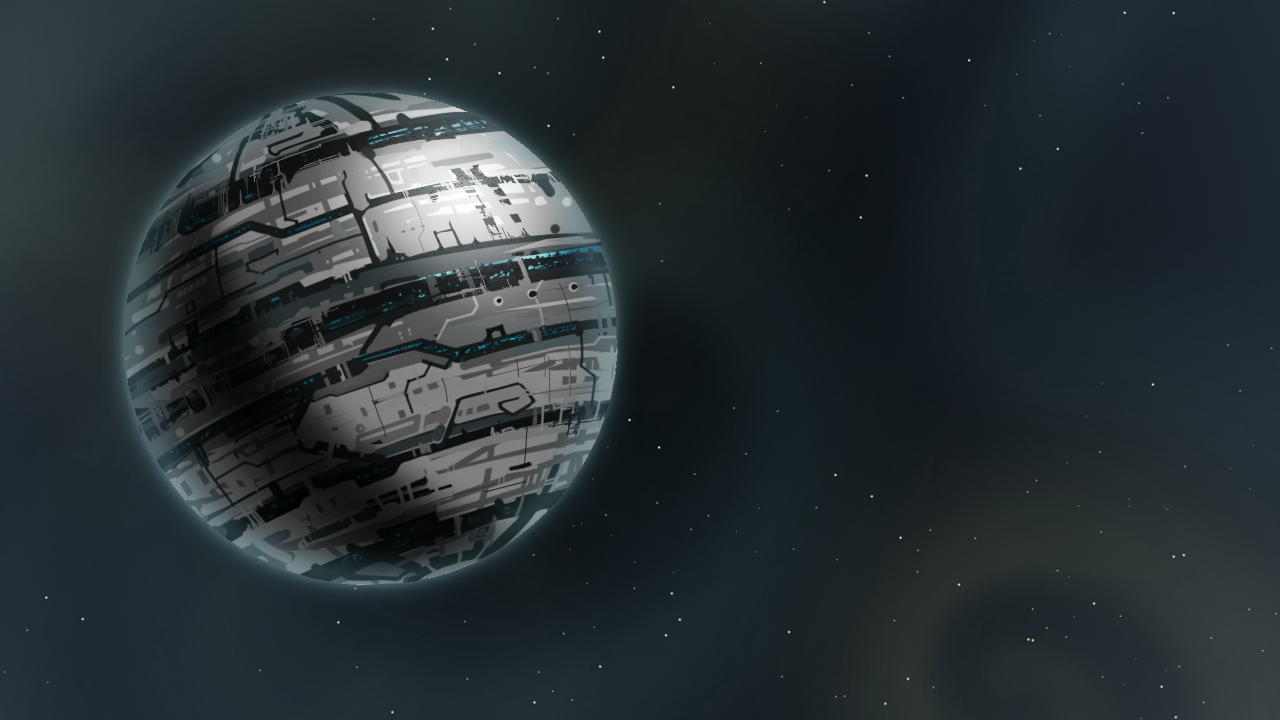
Posted on 10/10/2024 7:58:38 PM PDT by Red Badger
Hubble And New Horizons are 9 billion kilometers (5.6 million miles) apart but they can still work together.

Uranus as seen by Hubble (left) and New Horizons (right).
Image Credit: NASA, ESA, STScI, Samantha Hasler (MIT), Amy Simon (NASA-GSFC), New Horizons Planetary Science Theme Team Image Processing Joseph DePasquale (STScI), Joseph Olmsted (STScI)
=====================================================================================
Studying exoplanets is not easy. Despite enormous steps forward in technology, models, and observational tricks, astronomers are still looking at small dots either blocking some starlight or reflecting it while being next to a bright object that easily outshines them. It requires practice, and researchers have decided to use Uranus to get better at it.
They used two space-based observatories. Around Earth, there’s the Hubble Space Telescope, which can deliver detailed views of the icy planet even when it is 2.7 billion kilometers (1.7 billion miles) away. Then there is New Horizons. The spacecraft traveled past Pluto nine years ago, and then by a small primordial object called Arrokoth. Back in September 2023, it was over 10 billion kilometers (6.5 billion miles) from Uranus – and researchers made it look at it.
Hubble can see the rings and even storms on Uranus, but for New Horizons – not designed for these types of observations – the ice giant planet is just a pale azure dot. It is not dissimilar from how some exoplanets have been seen by telescopes. So the team was able to combine the two to better understand how the little information from a tiny dot translates to global properties of a planet.
"While we expected Uranus to appear differently in each filter of the observations, we found that Uranus was actually dimmer than predicted in the New Horizons data taken from a different viewpoint," lead author Samantha Hasler of the Massachusetts Institute of Technology in Cambridge and New Horizons science team collaborator, said in a statement.
The observations showed that the planet’s brightness did not change as the planet rotated, and this was true for both observatories. Despite the presence of clouds on gas giants, they might not always have a measurable effect on observations. The orientation of the planet and how much light it reflects also matter, and New Horizons actually showed that exoplanets might be dimmer during certain phases.
"These landmark New Horizons studies of Uranus from a vantage point unobservable by any other means add to the mission's treasure trove of new scientific knowledge, and have, like many other datasets obtained in the mission, yielded surprising new insights into the worlds of our Solar System," added New Horizons principal investigator Alan Stern of the Southwest Research Institute.
NASA has two upcoming missions that will study exoplanets. The Nancy Grace Roman Space Telescope, set to launch in 2027, and the future Habitable Worlds Observatory, which is in an early planning phase.
"Studying how known benchmarks like Uranus appear in distant imaging can help us have more robust expectations when preparing for these future missions," concluded Hasler. "And that will be critical to our success.
This work was presented this week at the 56th annual meeting of the American Astronomical Society Division for Planetary Sciences, in Boise, Idaho.
???
“We, or at least we Americans need a new name for Uranus.”
No, No we don’t
Studies show that mental health metrics have been going down alarmingly in the last 3+ years. ( the cause unknown )
“giggle suppression mode” every once in a while has been proven good for brain health”
Many MRI studies on depressed people who are self proclaimed liberals have shown that the part of their brain which allows “giggle mode” is atrophied and scared.
In honour of Rear Admiral E.F Rectanus
“Fat, drunk and stupid is no way to go through life!”
(From Futurama) ………Urectum
I’ve heard bleach works well ...
560 million miles................
That sounds like darn good science to me!
I just really think you’re asking for it when you post an article like this………
….and I don’t think anyone is surprised by a government organization teaming up on Uranus…..
Oh my..... watch yer six. This could be verrryyy nterdasting.
This explains the “phenomenon” of Kamala.
Her metrics have been going down too, just like polite society.
“NASA Team-Up On Uranus.”
Er, eh... one at a time, please!
Usually the IRS will be involved in such a team up.
Becoming a shrink is as good as needing a shrink. With a name like that you’ get a lot of taunting lol
It very nearly got named after King George (George’s Star in Latin) after discovery in 1781, and when that proved an unpopular suggestion outside England, some wanted to call it herschel after its discoverer, he indicated he didn’t want that to happen. Learned people don’t say “Your anus” and go with “er-en-us” but it hasn’t done a lick of good, other than giving people two things to snicker about.
It’s too bad because in some ways it is the most interesting of the planets, rolling along on its side (its equator is inclined at 97 deg to the orbital plane).
Urrectum has been proposed.
“NASA team-up on Uranus”
Obama would like that.
I'd consider an exoplanet, but there are so many questions

You are not actually looking at Uranus.
Uranus is not where you think it is.
Uranians are smart and use a “substitute” cloaking dewice that maintains what you see.
Uranians visit earth, but use similar cloaking dewices - so all that “UFO” stuff is also not vehicular traffic from Uranus.
Disclaimer: Opinions posted on Free Republic are those of the individual posters and do not necessarily represent the opinion of Free Republic or its management. All materials posted herein are protected by copyright law and the exemption for fair use of copyrighted works.